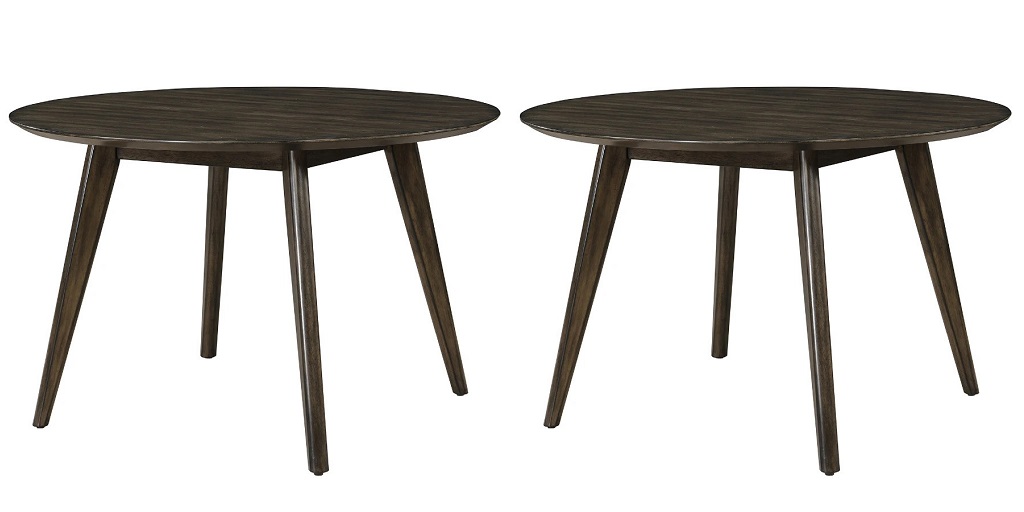
In an era where minimalism and functionality define modern living, designing a home for simple living and care is more than just a trend—it’s a transformative lifestyle choice. Whether you’re creating a new space or renovating an existing one, the goal is to foster an environment that promotes ease, sustainability, and peace of mind. From smart spatial planning to the careful selection of materials like PVC board, every detail plays a role in creating a practical yet aesthetically pleasing home.
The Philosophy Behind Simple Living Design
Designing a home for simple living begins with a clear understanding of the lifestyle it supports. This philosophy emphasizes clarity over clutter, prioritizing quality over quantity, and ensuring that each element of the home serves a meaningful function.
Simple living doesn’t mean sparse or sterile. Instead, it means creating spaces that are calming, efficient, and free of unnecessary distractions. For families, professionals working from home, or anyone seeking a low-maintenance lifestyle, this approach makes daily routines easier and more enjoyable.
Layouts that Support Comfort and Care
The floor plan is the foundation of a well-designed home. For simple living and ease of care, open-plan layouts are ideal. They allow for better light distribution, smoother traffic flow, and increased flexibility in how spaces are used.
Design tips:
Integrate the kitchen, dining, and living areas to encourage a sense of togetherness.
Minimize narrow hallways and sharp corners to improve movement, particularly for children or older residents.
Include built-in storage to reduce clutter and maintain a streamlined aesthetic.
These features not only support comfort but also simplify cleaning and maintenance—crucial for anyone with a busy schedule or mobility challenges.
Material Choices Matter: Why PVC Board is Ideal
Material selection is crucial when designing a home for durability, hygiene, and low maintenance. One standout material for modern simple living is the PVC board.
Key benefits of PVC board:
Waterproof and moisture-resistant: Ideal for kitchens, bathrooms, and utility rooms.
Termite-proof and corrosion-resistant: Ensures long-lasting performance, especially in tropical or humid environments.
Easy to clean: Unlike wood, PVC does not absorb stains and can be wiped clean with minimal effort.
Lightweight yet strong**: It’s easy to install and versatile in application—from wall cladding and false ceilings to modular furniture.
For homes focused on care—whether it’s about children, the elderly, or individuals with health concerns—the hygienic and low-maintenance properties of PVC board make it a reliable choice.
Furniture and Storage Solutions for Simplicity
Furniture should reflect the same principles as the home’s layout—functional, minimalist, and built to last. Modular storage, wall-mounted units, and multi-use furniture are perfect for maintaining order without sacrificing style.
Consider investing in:
Floating cabinets made from PVC board for moisture-prone areas.
Collapsible or expandable furnishings that adjust to various functions.
Hidden storage options in staircases, under beds, or behind panels.
These elements keep living spaces tidy and make everyday tasks more manageable, contributing to a nurturing and stress-free environment.
Sustainable and Energy-Efficient Elements
Simplicity also extends to how a home interacts with the environment. Incorporating sustainable elements ensures that your home is not only easier to maintain but also kinder to the planet.
Recommended features:
LED lighting and smart sensors for energy savings.
Solar panels for long-term utility efficiency.
Natural ventilation and daylight planning to reduce reliance on artificial systems.
Combining energy-efficient systems with materials like PVC board, which is recyclable and durable, results in a home that is both eco-conscious and cost-effective.
Personalization and Aesthetic Balance
Even the simplest home should reflect its occupants’ personality. Neutral palettes, natural textures, and warm lighting can make a minimalist space feel cozy and welcoming.
To personalize your space:
- Use accent walls or custom cabinetry with PVC board** for subtle yet stylish differentiation.
- Incorporate indoor plants and natural fibers for an earthy, calming vibe.
- Choose classic fittings and accessories that harmonize effortlessly with minimalist aesthetics.
The key is to strike a balance between personalization and simplicity to maintain the overall flow and functionality of the home.
Conclusion: Designing a Home That Cares for You
In today’s fast-paced world, designing a home for simple living and care is not just about aesthetics—it’s about creating a sanctuary that supports your wellbeing. Through thoughtful planning, practical materials like PVC board, and sustainable choices, homeowners can build spaces that are beautiful, functional, and easy to maintain.
Whether you’re updating a small apartment or constructing a family home, embracing this philosophy ensures that your living space works for you—not the other way around.



